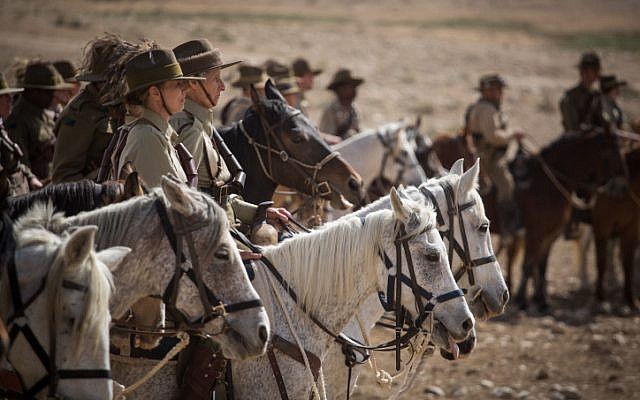A century ago the charge of Beersheba began with a trot, then a canter and a full gallop that continues today in our hearts and minds. Unlike Gallipoli, Beersheba represents a victory, but its claim on our collective memory goes deeper than that.
It’s possible to overstate the military significance of the charge but it certainly stands as a heroic feat of arms; the 800 Australians of the 4th Light Horse Brigade overcame an Ottoman force five times their size. Together with other mounted brigades, they captured the town of Beersheba and its vital water supply, playing their part in a broader British-led campaign to secure southern Palestine and push on to Jerusalem. And British supremacy in Palestine was to have profound consequences for the future state of Israel.
But Beersheba was a military victory with classic features that help explain its enduring fascination. It was one of the last successful cavalry charges — 6km across open country with the thunder of hoofs as the Australians galloped through red desert dust into the rifle and machinegun fire of the Ottoman defenders; some jumping their strong Waler horses over the trenches to victory; some dismounted for close combat with bayonets for swords; and 31 dead at the end of it. It is a story of panache and pluck. It evokes the tradition of the Australian bushmen, their hardiness and horsemanship. It speaks of the bond between man and horse, a bond made more poignant by the grim fate that awaited these great-hearted animals.
Read the article in The Australian (subscription required).

